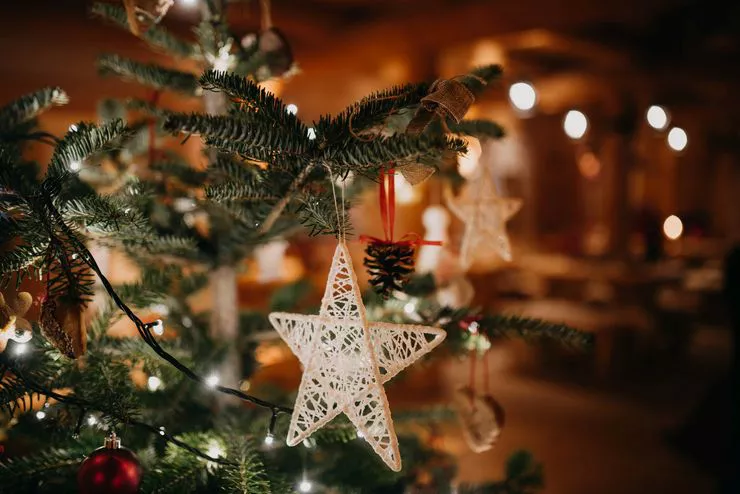





Christmas delicacies and where to find them.
Although Christmas is far from being only about food, studying Polish customs, watching the fairs in market squares, and listening to Poles discussing Christmas, you may start having doubts about that. To help you make up your mind, let us examine a handful (mouthful?) of insider hints.

Christmas Eve Supper is a typical Polish tradition. Its importance can only be compared with UK’s Christmas Day’s lunch and dinner. Yet, the custom is far from homogenous. Perhaps the only thing that suppers served in different Polish homes have in common is the extra set of plates and cutlery for the unexpected guest. Even the tradition that the number of dishes must be dividable by six, that is “the proper 24 or the modest 12 or just the six, growing in popularity in our times” is being forgotten. As the Eve is a fasting day, what is actually a great evening-time feast offers no meat and none or hardly any animal produce, leaving the families with a choice of the same traditional and symbolic ingredients: forest mushrooms (often dried), fish (especially carp), sauerkraut, dried peas, plenty of nuts and seeds, especially poppyseed, and perhaps beetroots in the form of borscht.
The supper starts from lighting a candle, reading an excerpt from The Bible, and breaking the wafer while sharing Christmas wishes. That is followed by one or more soups served before assorted dishes with sauerkraut, mushrooms, and peas. After them, time comes for fish, some families eat three or four varieties, and then come the deserts, including kutia, and compote of dried fruit (in some homes with poppyseed, in others with noodles, and yet in others with both). Then comes the time most eagerly awaited by the little ones: the ringing of the bell under the Christmas tree! Then, lo and behold, once the whole family have arrived at the tree, there are presents for everyone all around its trunk. With the last ones having been unpacked, it’s time for carols and other Christmas songs.
To make everyone in Małopolska ready for the Christmas gluttony that, as you might have noticed, lasts longer in Poland as it starts on Christmas Eve with the supper, special Christmas fairs open in the cities’ market squares, serving assorted simple but nourishing foods for cold winter, and mulled wine to brighten up the spirits. Other stalls offer cold cuts, sheepskin, products of local apiculture, and the traditional thin glass bubbles to decorate your Christmas tree.
The author’s Christmas Eve Supper starts from a rich soup of stone mushrooms (porcini, ceps) with pearl barley, cream, and lemon (1). It is followed by long-cooked sauerkraut with prunes accompanied by mushy yellow peas (2). Sometimes the cutlets made of minced dried mushrooms (3) follow, sometimes they are served together with the previous dish. Carp in grey sauce (4) is sweet and delicious, yet it has all those dratted bones. Kutia (5) is de rigeur on that day, and the whole feast ends with compote of prunes, and dried apples and pears (6). If you add wafer, chalkah, fried carp, cheesecake, poppyseed cake, and count sauerkraut and peas separately – you arrive at the required twelve.
Kutia came from the Orient. It is a mixture of poppyseed, boiled barley, raisins, and nuts soaked in liberal amounts of honey. Almonds and orange zest are frequent, yet may be considered unorthodox.








